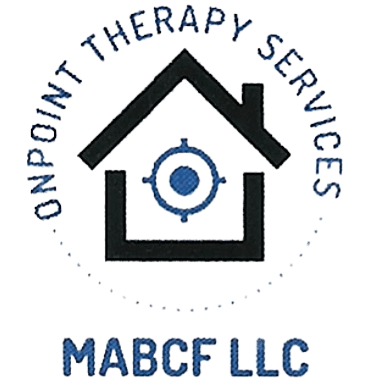
Comprehensive Stroke Rehabilitation

Stroke rehabilitation provided by highly skilled physical and occupational therapists is crucial for individuals recovering from a stroke. These therapists play a significant role in helping stroke survivors regain function, improve mobility, and regain independence. Here's an overview of stroke rehabilitation provided by skilled physical and occupational therapists:
- Initial assessment: The rehabilitation process begins with an initial assessment conducted by the physical and occupational therapists. They evaluate the individual's physical abilities, functional limitations, and specific challenges resulting from the stroke. This assessment helps them develop a personalized treatment plan.
- Goal setting: Based on the assessment and the individual's goals, the therapists work together with the stroke survivor and their family to establish specific rehabilitation goals. These goals may include regaining mobility, improving strength and coordination, relearning daily activities, enhancing balance, and restoring independence.
- Individualized treatment plan: The therapists create a customized treatment plan based on the individual's specific needs and goals. The plan typically includes a combination of physical therapy and occupational therapy interventions.
- Physical therapy: Physical therapists focus on improving mobility, strength, balance, and coordination. They guide stroke survivors through exercises and activities aimed at regaining movement, improving gait, enhancing motor control, and addressing any physical impairments resulting from the stroke. Physical therapy may involve exercises for range of motion, strength training, gait training, balance exercises, and functional activities.
- Occupational therapy: Occupational therapists focus on helping stroke survivors relearn and regain the skills needed for daily activities, such as dressing, grooming, eating, and bathing. They address cognitive and perceptual challenges, provide strategies to improve independence in daily living tasks, and may suggest adaptive equipment or modifications to the environment to facilitate participation in meaningful activities.
- Motor relearning techniques: Skilled therapists utilize motor relearning techniques to help stroke survivors regain movement and retrain the brain to establish new neural pathways. These techniques include task-specific training, repetitive practice, and functional training tailored to the individual's needs and abilities.
- Assistive devices and technology: Therapists may recommend and train stroke survivors in the use of assistive devices or technology that can enhance mobility, communication, and independence. These may include mobility aids, orthotics, communication devices, or adaptive equipment.
- Gait training: If walking ability is affected by the stroke, therapists focus on gait training to help stroke survivors regain functional mobility. This may involve exercises to improve strength, balance, coordination, and the use of assistive devices or orthotics to support walking.
- Progress monitoring and adjustment: Skilled therapists continuously monitor the individual's progress throughout the rehabilitation process. They assess improvements, modify treatment plans as needed, and provide ongoing guidance and support.
- Home exercise program and education: Therapists typically provide stroke survivors and their caregivers with a home exercise program to continue rehabilitation between therapy sessions. They also offer education on stroke recovery, strategies for preventing secondary complications, and guidance on promoting a healthy lifestyle.
Skilled physical and occupational therapists play a vital role in stroke rehabilitation, providing expert guidance, support, and individualized treatment to help stroke survivors regain function, independence, and improve their overall quality of life.
How Can We Help?
Send us your message through the form below.
